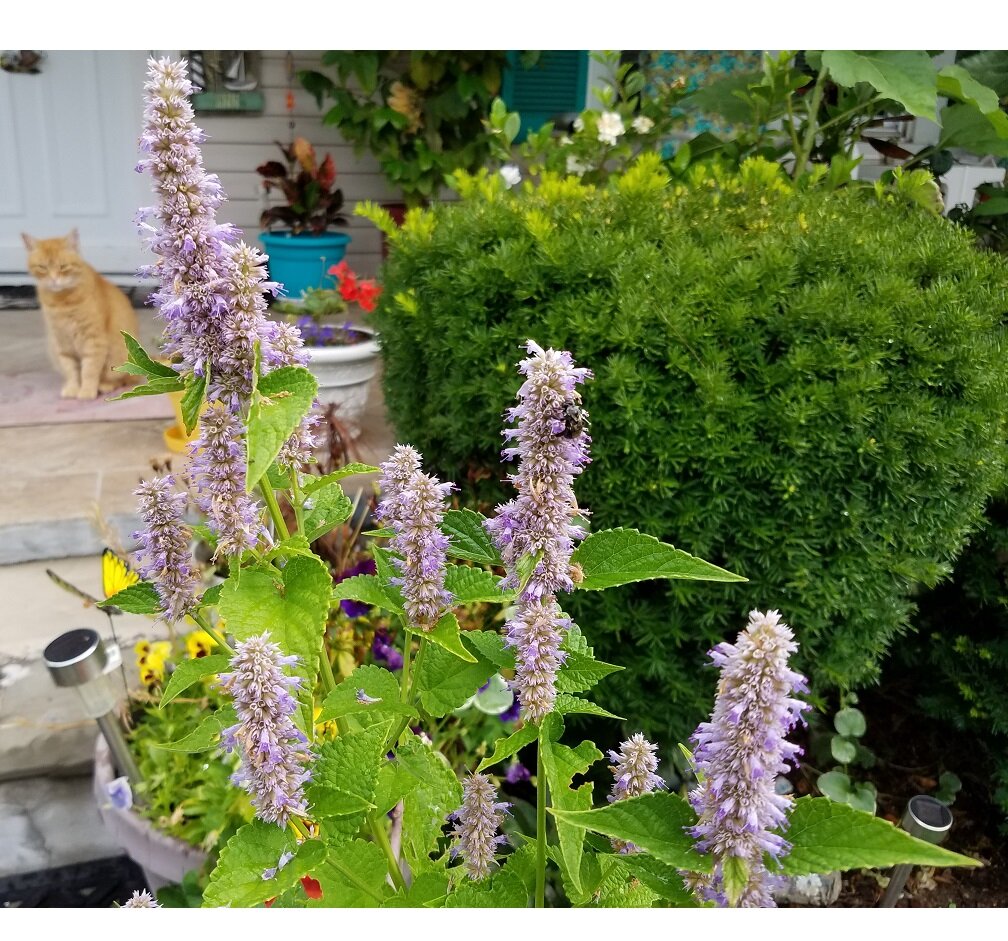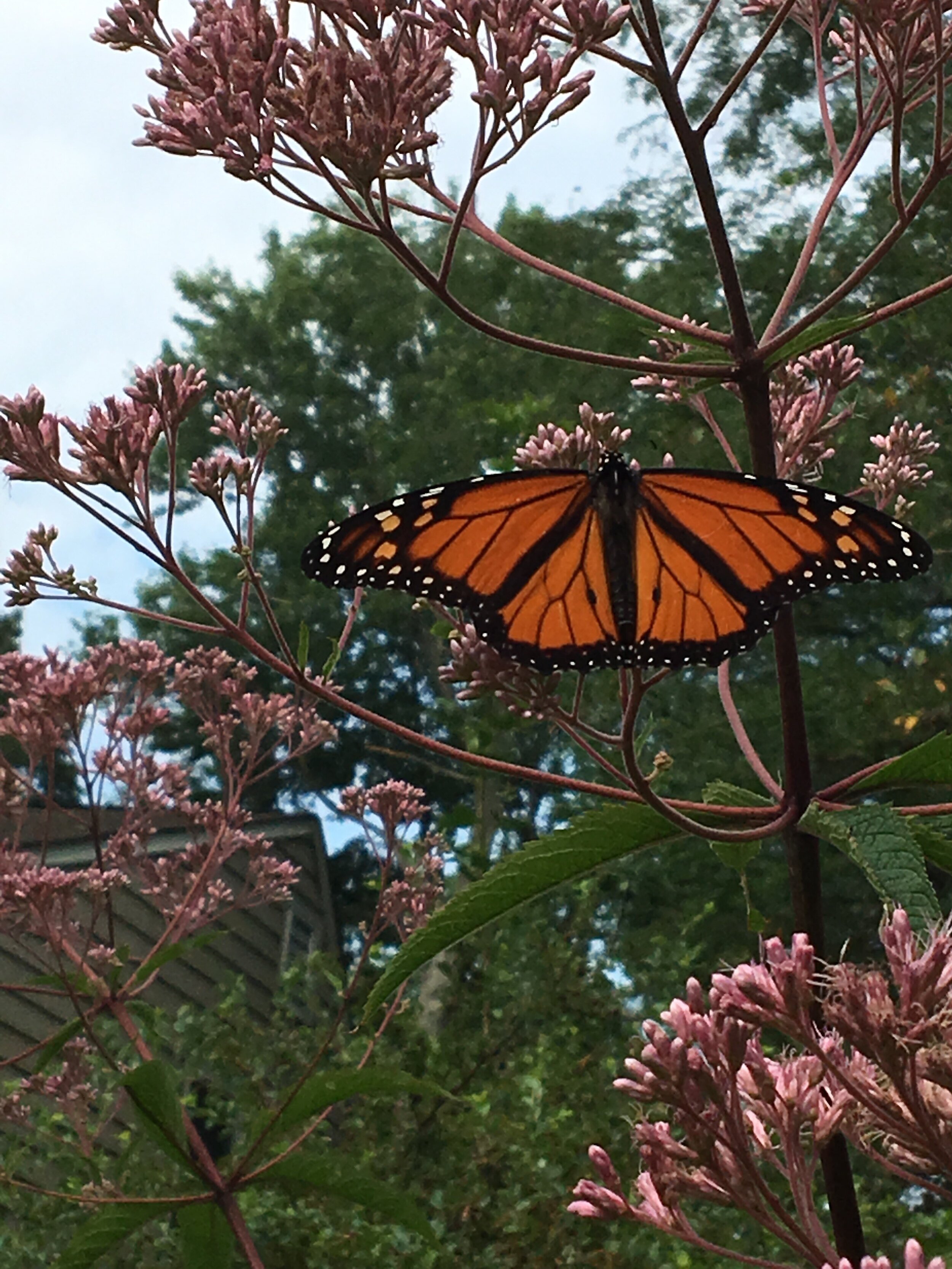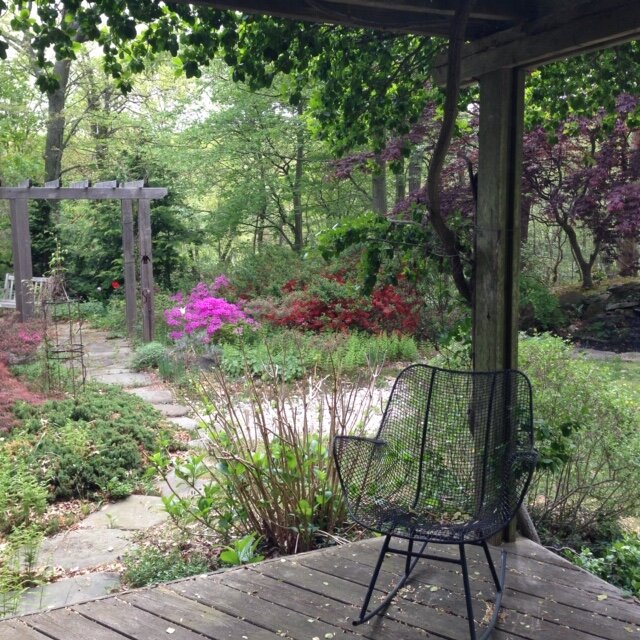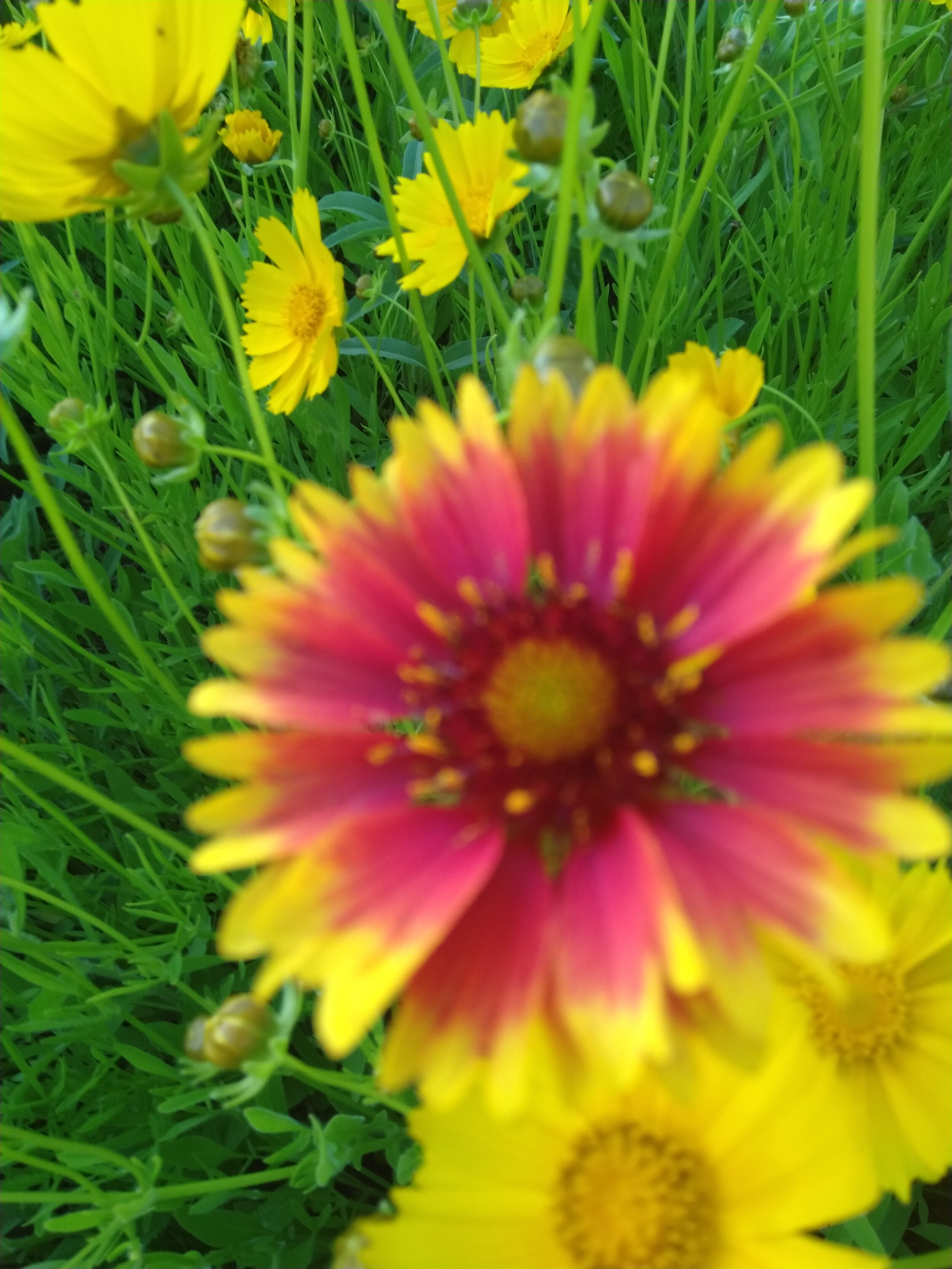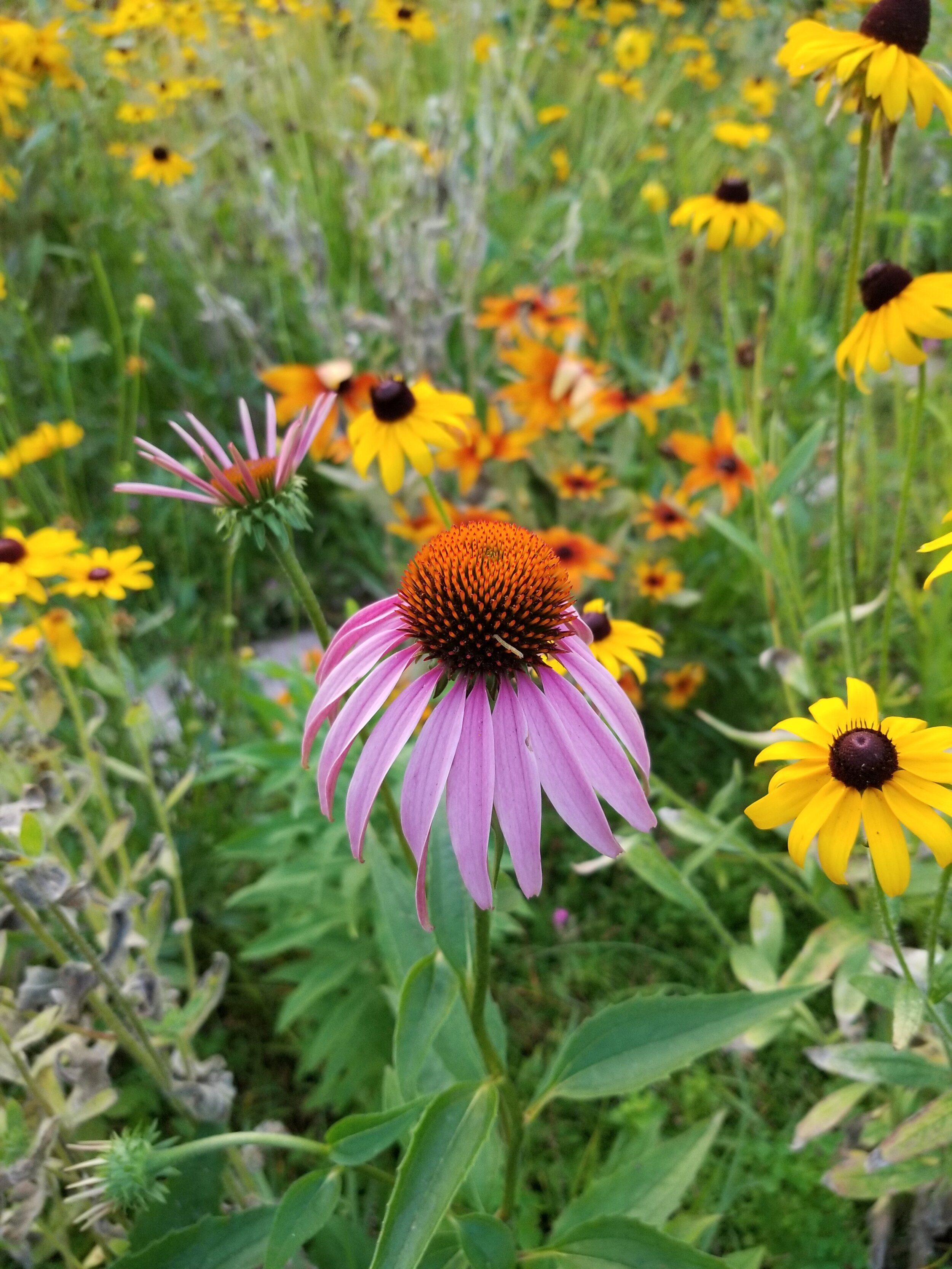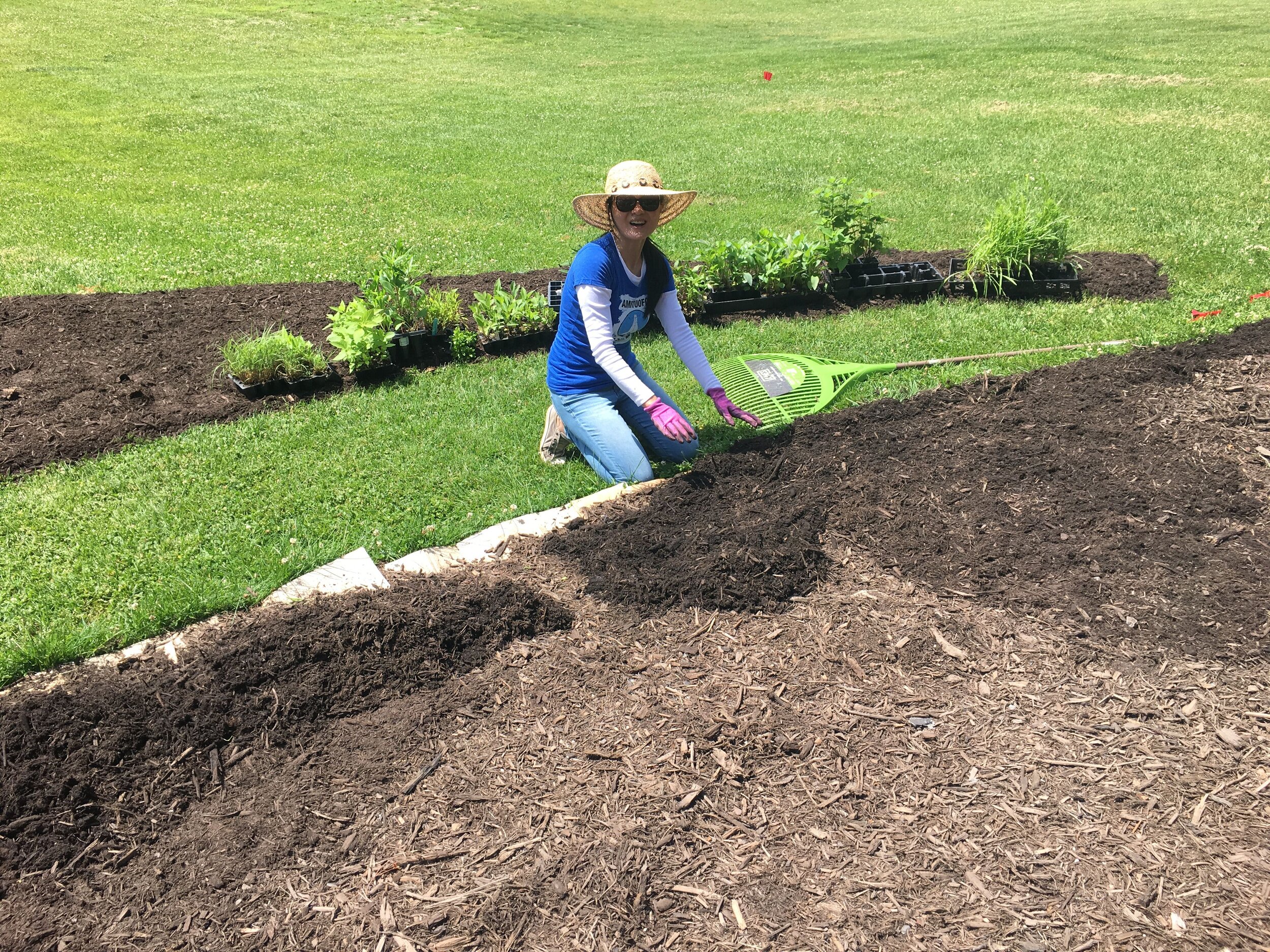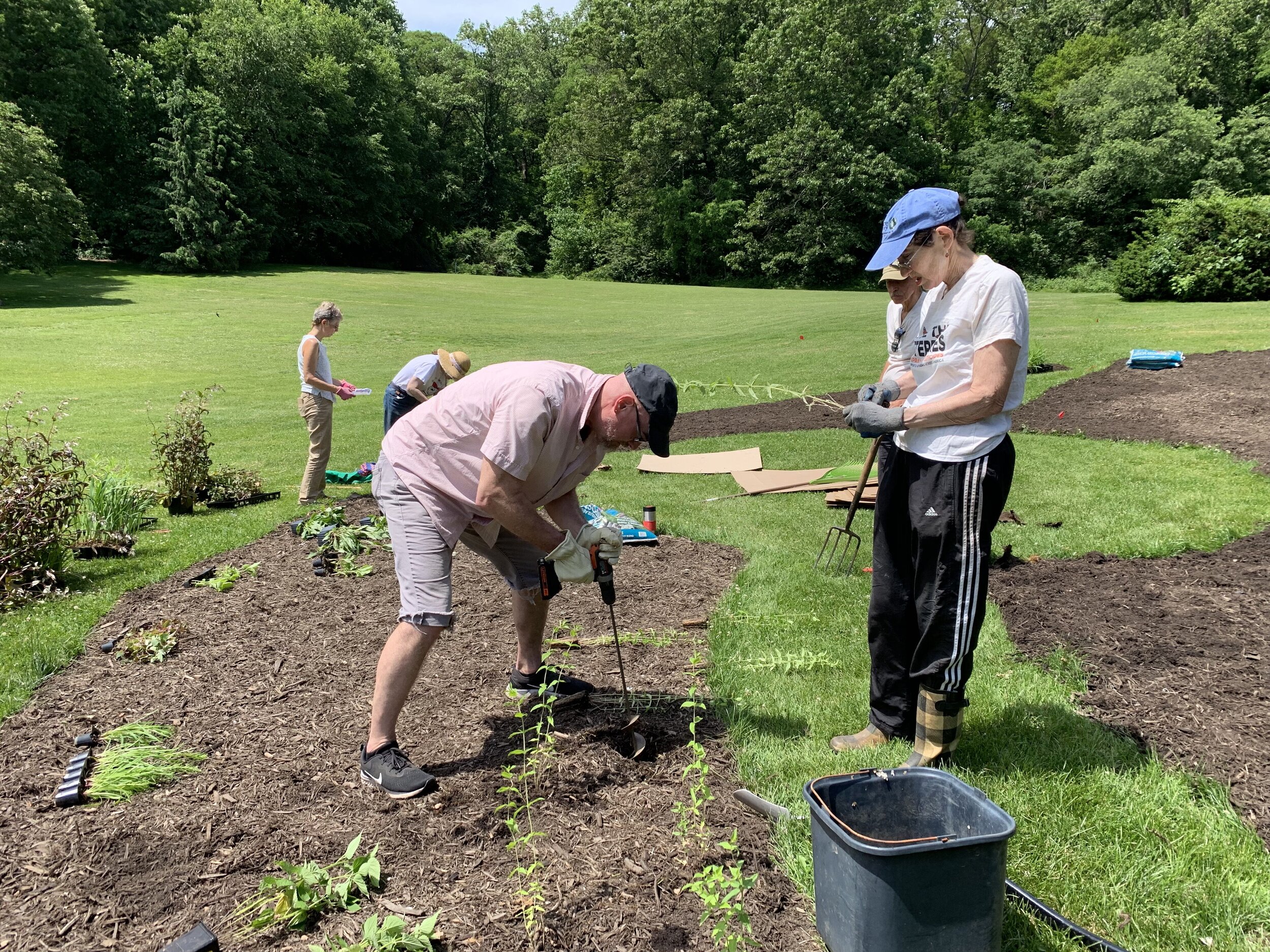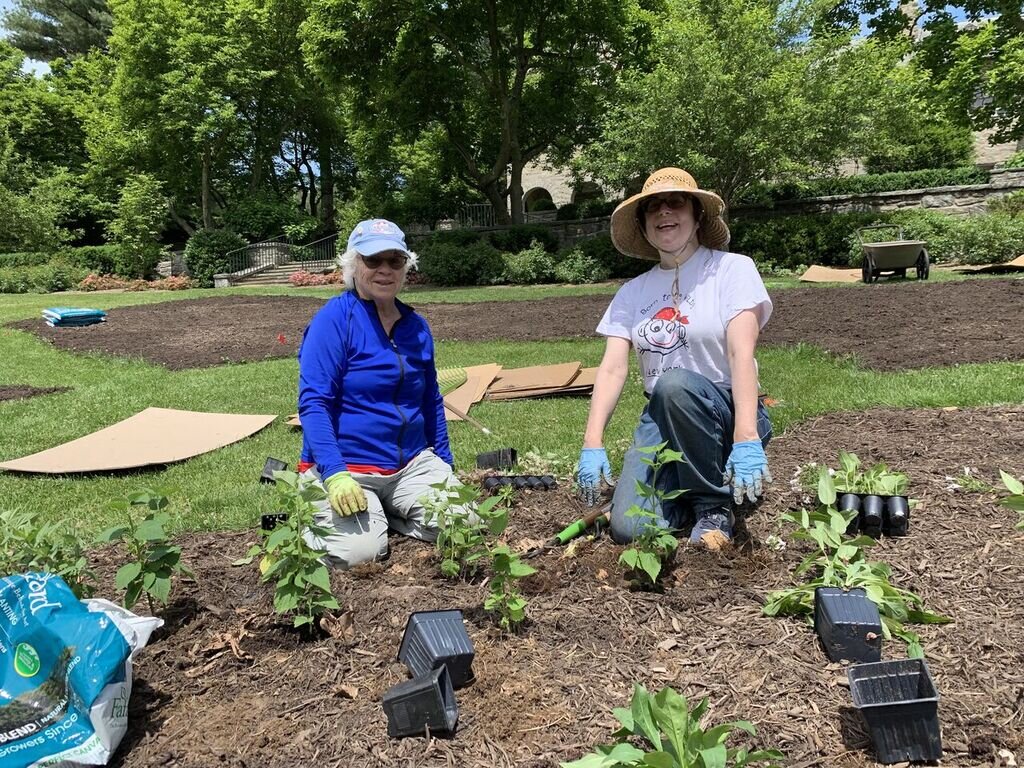New to Native Plant Parenthood? Read this ...
This post was created by Raju Rajan, one of the founders of ReWild Long Island, and Rebecca Vargas, a home gardener, artist, and native plant enthusiast who runs a blog called realisticgardening.com.
Rewilders experience different results when planting native plants in their garden. A lucky few report complete success, others report that their plants have died, and most of us are somewhere in the middle. It’s not just a matter of experience; plenty of seasoned gardeners have had plants die and not come back the following spring.
While we don’t have the formula for complete success, here are some tips and information to help new native plant gardeners have greater success with their plants.
Please read through the blog to get ideas, read the success stories and take solace in the missteps.
If you agree, disagree, or would like to contribute tips and wisdom to this list, please email us at info@rewildlongisland.org.
Tips for planting in the fall
Fall is a great time to plant natives since the weather is cooler and the plants have all winter to settle in. It’s important to choose plants that have well developed roots. A raggedy looking plant with great roots will come back next year, but a plant with lots of foliage and paltry roots may not.
The cardboard and mulch weed suppression method is great for preparing the ground. With this method, the area is covered with a layer of cardboard and a few inches of mulch or topsoil are placed on top. When you are ready to plant, just plant right through the cardboard. It’s a good idea to stick a (recycled) plastic fork or lawn flags next to each plant to easily identify the plants in Spring and weed out any imposters.
‘Frost heave’ can cause plant roots to push up above the ground and potentially kill your plants. One way to avoid this is by planting at least 6 weeks before the first frost. Learn about other ways to prevent frost heave.
Five keys to long terms success when planting native perennials:
Sunlight
Look up the light requirements of your plants and ensure that you have planted them in the right spot. A sunny spot gets 8 hours or more of sun each day while a shady spot gets fewer than 2 hours. Take the time to observe your potential planting location through the course of a day and don’t assume you have a sunny spot simply because it gets some sun at one part of the day.
Experiment with light. Consider growing your plant in a container so you can move it around and find the ideal spot for it. You could also put four or five plants of the same type in containers and put them in different places around your yard to figure out which spot works best. In the Fall, you can put the plants in the ground. Whatever you do, diversity is your friend in the early years; you can always plant more once you have success with a particular plant.
Soil and Planting
Native plants do not require much fertility. In fact, the soil should be somewhat poor to encourage them to develop a healthy root system. Rich soil encourages plants to grow tall and flop over instead of developing strong roots, so you don’t need a ton of compost. Topsoil mixed with a few handfuls of compost is good enough.
The best times to put plants in the ground are spring (May/June) and fall (September/October). Plants may become stressed and harder to keep alive when planted at other times.
Liberate root-bound plants. Sometimes the roots of potted plants grow too large and become densely packed. You will need to gently remove the plant from the pot and free up the roots before planting. These videos show you how to do that: at this video and this one.
If you’re re-potting a plant, then put it in a larger pot. If you’re putting the plant in the ground, dig a hole larger than the plant, add some compost and top soil, and be sure to plant deep enough. You want the roots to grow deep, not shallow and wide.
It’s important to remove weeds and weed seeds from the ground before planting. This is so the weeds don’t compete with your newly installed plants. One way to do this is by smothering the weeds and weed seeds with cardboard and mulch. We don’t recommend herbicides to kill weeds; mulching is much more earth-friendly.
Plants need room above and below the soil line. Plant at the recommended distance to accommodate the plant’s spread.
Water
Look up or observe where your plant naturally grows in order to ensure that its water needs will be met at your location. Does the plant naturally grow at the edge of a pond? In the undergrowth? In a streambed?
Seedlings or ‘baby plants’ do need water. It’s a myth that you can put a young plant in the ground and not water it. You will need to make sure the roots don’t dry out so you will need to water your new plants regularly for the first 2 years. Most native plants are drought-tolerant once established.
Water native plants slowly and deeply. You want to encourage them to seek that water from deep in the ground. Soaker hoses and drip systems are great because they will slowly allow the water to get deep into the ground. We want the soil around the roots to be moist but not sopping wet. (Unless the plant naturally grows in a swamp or riverbed!)
Attention & Learning
Plants need attention! Check on them at least twice a week to spot problems and intervene early.
Label your plants and keep them labeled until you know them by sight.
Planting in a pattern helps you spot weeds more easily.
A weed is a plant that is in the wrong place at the wrong time. Learn to identify what you consider to be a weed. You may find that some of those weeds are actually natives that blend in seamlessly with your garden and other weeds are pernicious invaders that must be fought early and often.
Use an app like iNaturalist to identify plants and weeds. You can join a community and keep a record of your garden through photos.
Take notes and photos. It’s amazing how quickly we forget what we put where!
Patience
Most perennial plants mature in their 3rd year. If you bought a 4 inch seedling in May and are wondering why it has not burst into bloom by mid-July, you may just need to be patient. There is an old gardening expression that goes, “the first year they sleep, the next year they creep, and the third year they leap.” Your plants will leap eventually.
The biggest sign of success is when plants come back after the first winter and then the following year. We have had scraggly plants come back vigorously and seemingly robust plants disappear. There is a little bit of luck involved with keeping plants thriving. Good luck!
More links:


